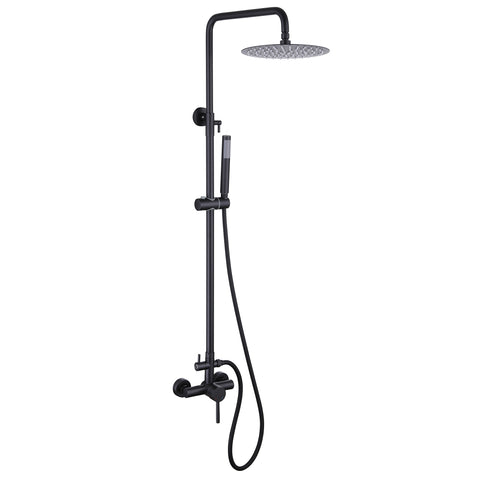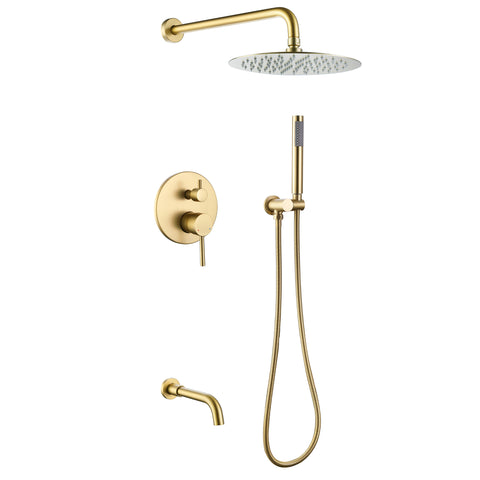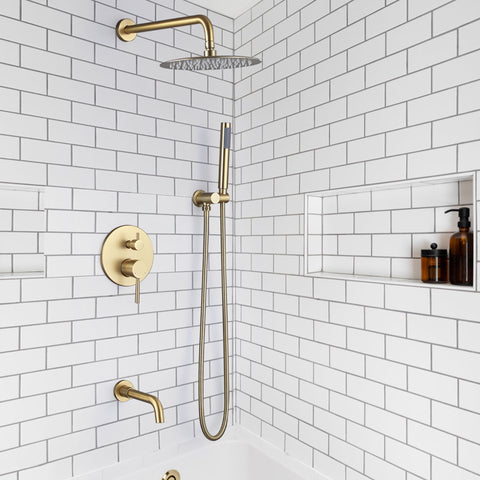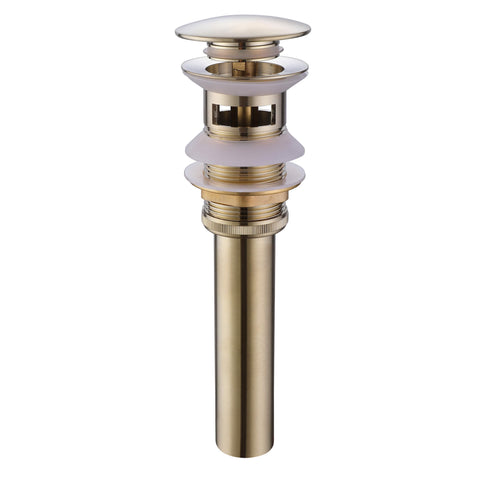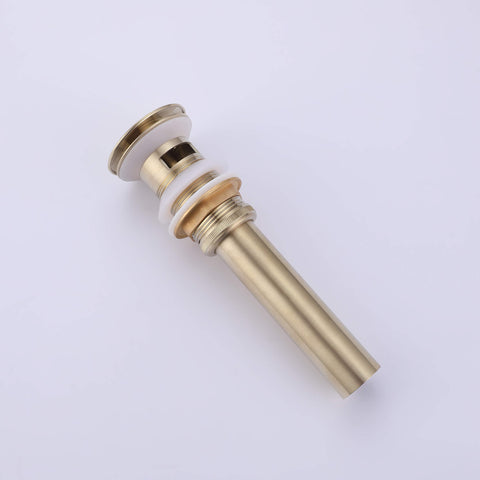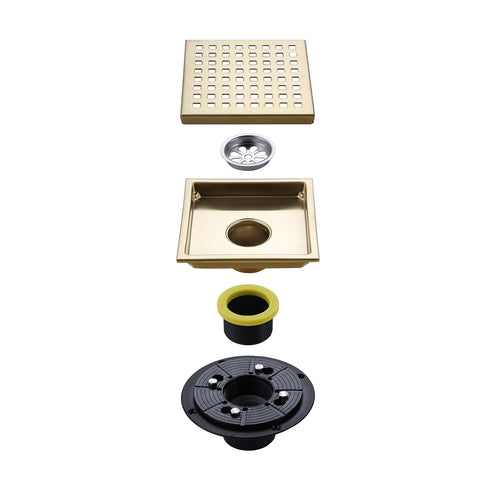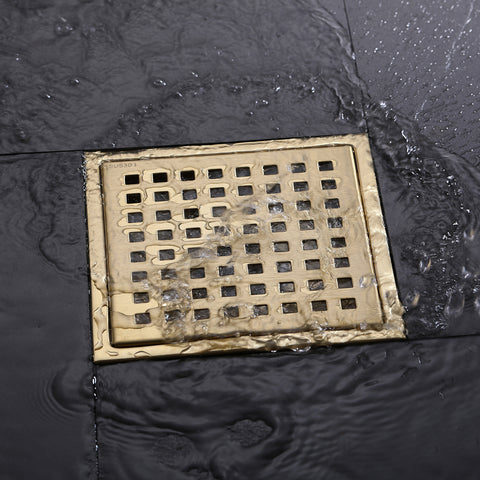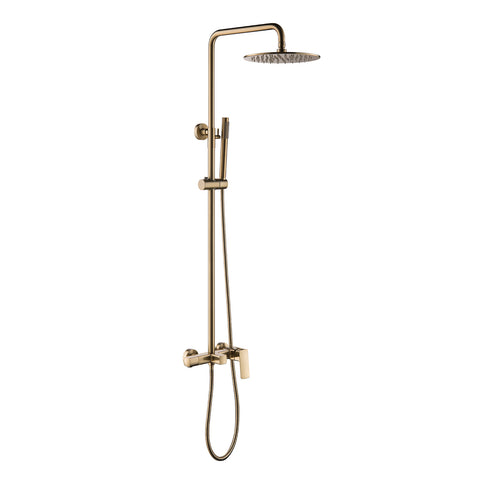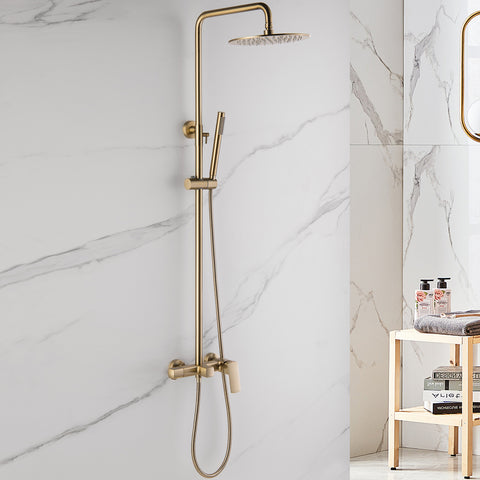How to Repair a Shower Diverter: Step-by-Step Guide
Repairing a shower diverter can be a DIY project, but it’s important to note that specific steps and tools may vary depending on your diverter type. Shower diverters direct water flow to different parts of your shower, like the showerhead, tub spout, or handheld shower. Here’s a general step-by-step guide to help you repair a shower diverter effectively.
Tools and Materials You May Need
- Adjustable wrench or pliers
- Screwdriver
- Replacement diverter valve or parts (if needed)
- Pipe tape or plumber’s putty
- Thread seal tape (Teflon tape)
Steps to Repair a Shower Diverter
- Turn off the water supply: Shut off the water valves near the shower or at your home’s main water supply before beginning any repair.
- Remove the diverter handle: Use a screwdriver or Allen wrench to remove screws or fasteners securing the handle. Once removed, the diverter stem will be visible.
- Access the diverter valve: You may need to remove a cover or escutcheon plate secured with screws or clips to reach the diverter valve.
- Inspect the diverter stem: Look for corrosion, cracks, or wear. Damaged stems or valves will need replacement.
-
Remove and replace the diverter valve:
- Unscrew the damaged diverter valve using an adjustable wrench or pliers.
- Apply pipe tape or plumber’s putty to the threads of the new valve for a secure, watertight seal.
- Screw the new diverter valve into place and tighten it securely. - Reassemble the faucet: Replace the escutcheon plate (if removed) and reattach the diverter handle with screws or fasteners.
- Turn the water supply back on: Open the valves you shut off earlier and check for leaks around the diverter valve and handle. Tighten connections if needed.
- Test the diverter: Turn on the shower and verify that the diverter redirects water flow correctly between the showerhead, tub spout, or handheld shower.
- Make final adjustments: If the diverter still leaks or fails to switch properly, make further adjustments or consult a professional plumber.
Keep in mind that the specific repair process can vary depending on your shower’s make and model. Always refer to the manufacturer’s instructions or seek professional assistance if you’re unsure about any step. Prioritize safety and use caution when working with plumbing components.
